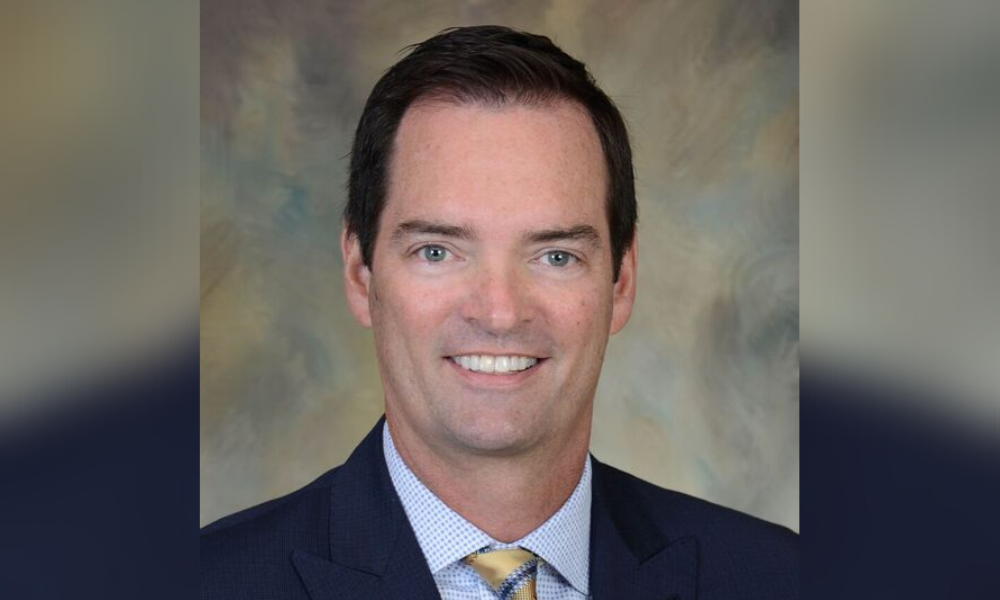Wholesale lender planning to streamline underwriting process through technology

The next big challenge facing non-QM lenders is to fully automate the underwriting process at origination level, according to Tom Hutchens (pictured), the executive vice president of production at Angel Oak Mortgage Solutions.
The mortgage industry veteran and non-QM expert told MPA that current discussions are centering around making the experience of closing a non-QM loan as similar as possible to closing an agency loan.
He said: “It’s a priority for us.”
Although the non-QM sector was still “a long-way from automation being a big driver of the process”, Hutchens revealed that Angel Oak was building the necessary technologies to streamline the process, adding that details of the plans would be revealed in the near future.
Read more: Non-QM lender Angel Oak Mortgage Solutions on a mission
Hutchens, who has become a standard bearer for non-qualified mortgages by actively promoting the product in a series of media interviews, has said on numerous occasions that interest in the non-QM product is at an all-time high.
Last month, the Angel Oak lending platform reached a milestone, when it funded more than $10 billion in non-qualified mortgages since its founding in 2013, having surpassed June and July 2019 volume levels by 38% collectively.
But Hutchens said a specific problem needed to be addressed before non-QM could reach its full potential.
He said: “The hesitation at the origination level is really not about the loan, it’s not about the borrower and not about the guidelines - it’s really about the process.”
He pointed out that one of the main differences between agency lending, in which 99% of production is fully automated, and non-QM, is that the latter still relies on manual underwriting.
He said: “You think of Rocket Mortgage, where you ‘click button, and get a mortgage’, and it has almost become the industry norm. It’s not quite that easy, but it’s nice to at least make it look like it is.”
Read more: We’re just getting started - Tom Hutchens, Angel Oak
He said one of the main stumbling blocks to achieving a seamless process was due to limitations in the current technology.
“A lot of people have called non-QM ‘storied loans’, because there’s a story behind the borrower, but it’s hard to write code to know a borrower’s story.
“There’s technology that can read bank statements, but it’s harder when it comes to making a decision on whether or not a deposit is OK, and it’s a challenge to automate the entire process,” he said.
The problem was compounded because the focus of technology vendors “has always been on streamlining the agency process”.
He said: “It makes sense because it makes up 99% of the business, and if you’re a technology firm you’re not going to spend a lot of time and resources on non-QM, which to date makes a really small piece of their business. But those are just some of the challenges we face.”
He highlighted how the agency world had found it relatively easy to build the technology, since the process started with automation, thanks to the development by Fannie Mae and Freddie Mac of automated underwriting systems, Desktop Underwriter (DU) and Loan Product Advisor (LP).
“If every non-QM lender was selling to Fannie Mae, and Fannie Mae built the underwriting engine, non-QM would be just as streamlined, just like an agency QM mode, but that’s not how the business works.”
He went on: “If you’re a lender and close a Fannie Mae loan and it doesn’t perform, you get a check written to you for your loss, but that doesn’t happen in the private capital world. Everyone takes the loss.
“You need to have all your T’s crossed and your I’s dotted at the end of the day because it’s private capital and you have to make good credit decisions. So, the most challenging aspect is underwriting.”
Despite this, the momentum was behind non-QM, he stressed. “It gives us and others even more incentive to get this process done.”



